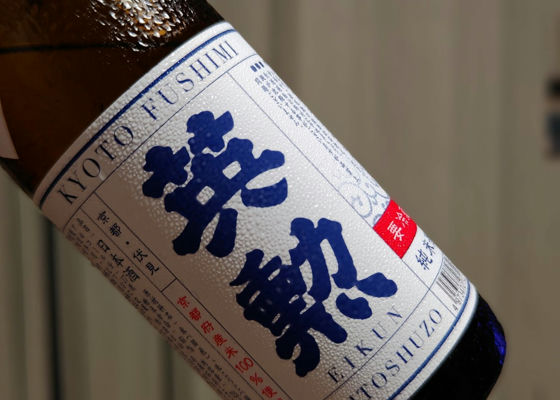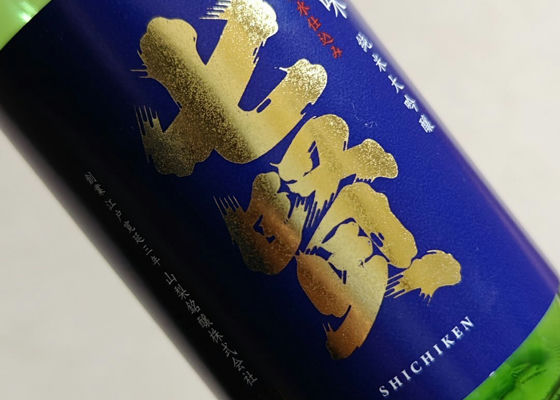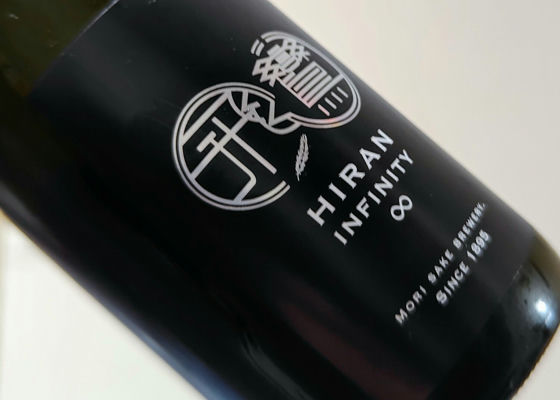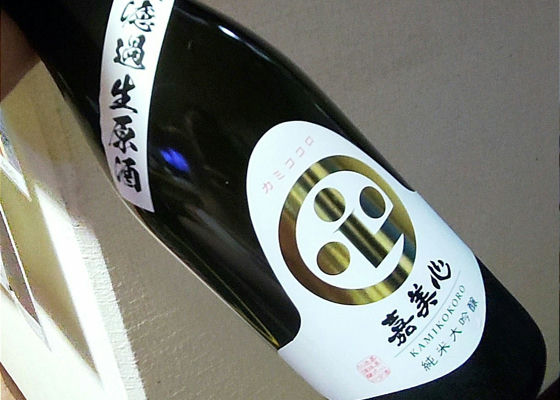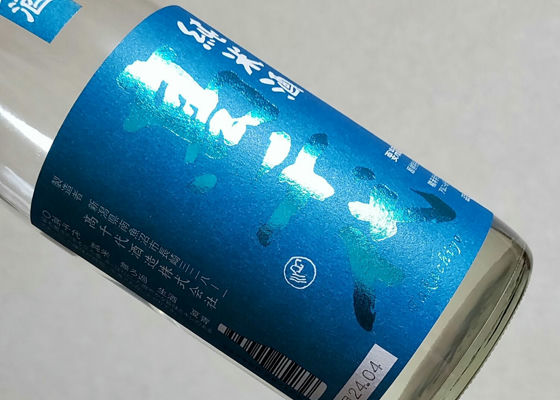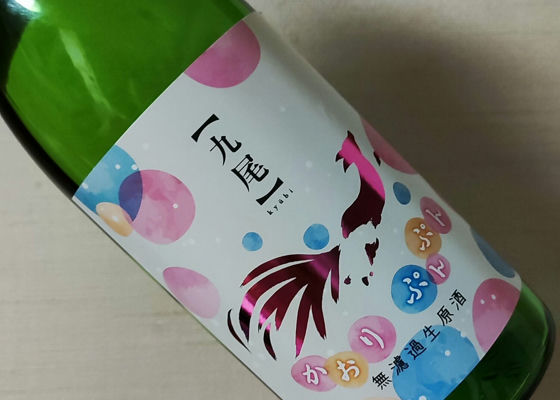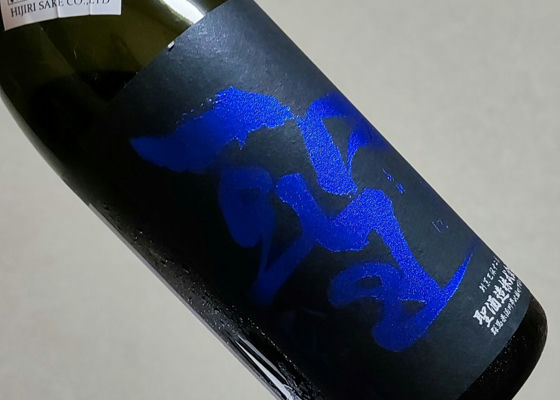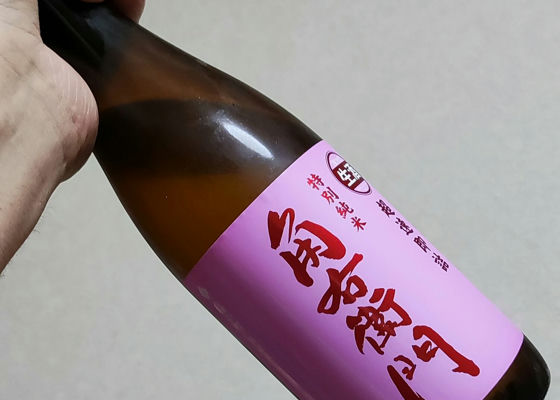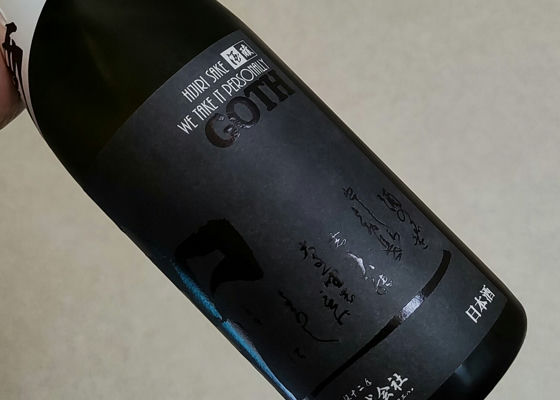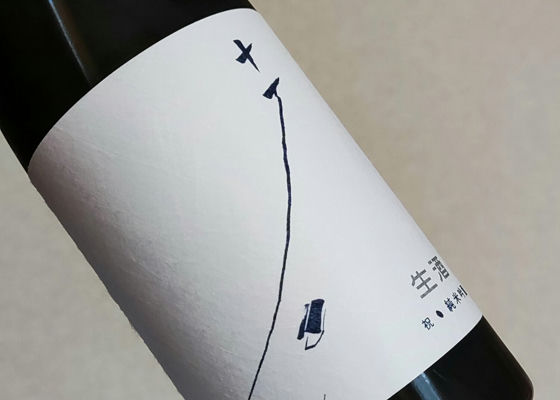SasaiwaiBAMBOOSHOOTS 酸貴白低
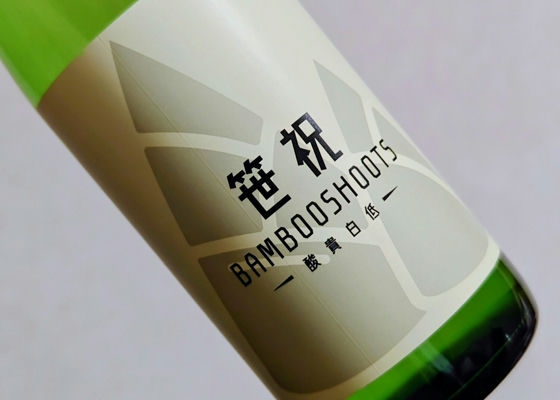
さけまる
The taste immediately after opening the bottle is of yogurt, dairy products, and yogurt sweets, with a hint of acidity, which turns into a hiney aroma when it crosses the line. After about a week after opening the bottle, it becomes a sour sake in the same vein as Abeya Ittokey, and the acidity is maxed out when the sake is heated.
This is a bottle that shows Sasashuku's new approach.
Japanese>English
